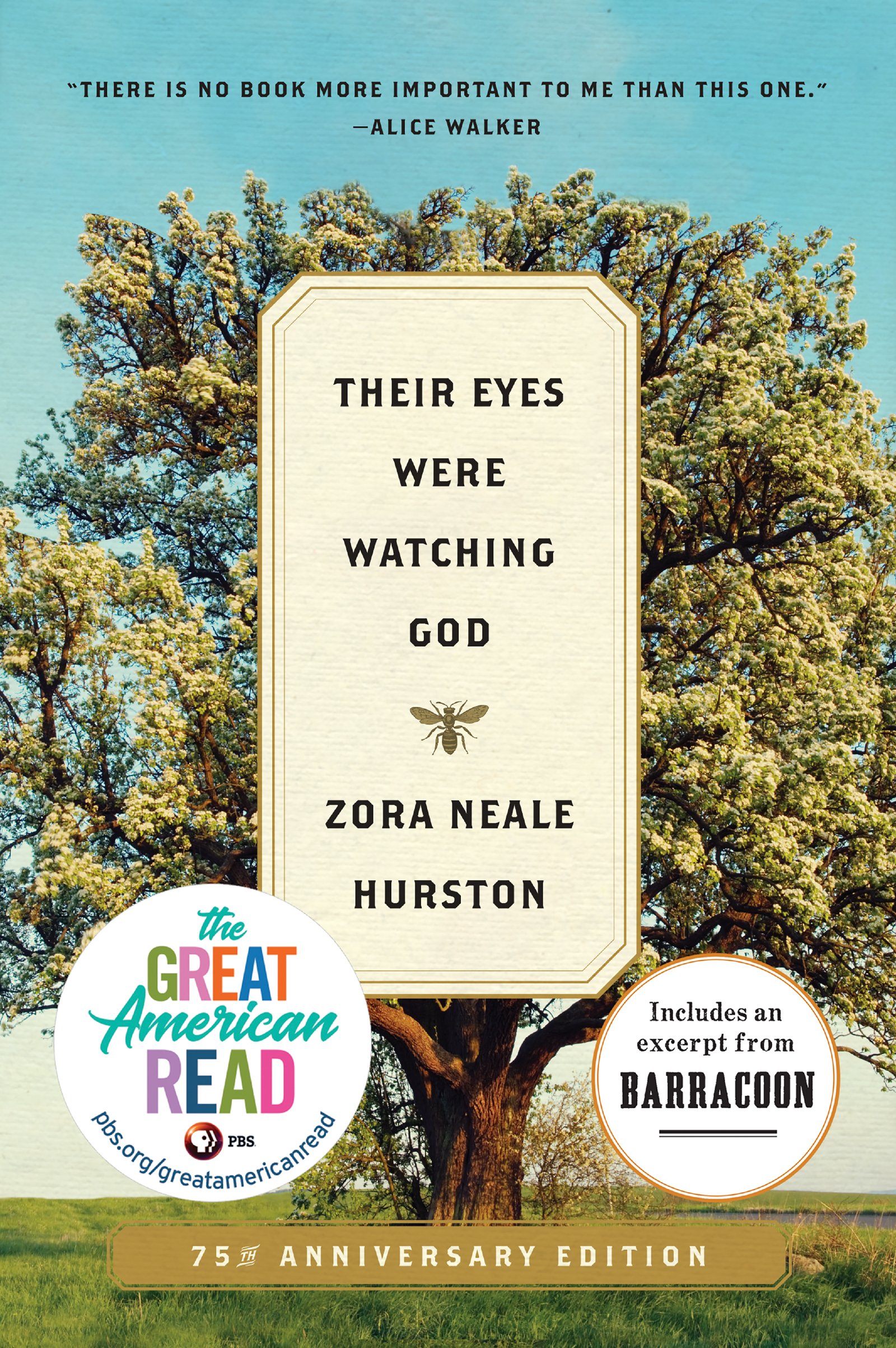On Becoming a Librarian
By Bryan McBride, Learning and Information Services Librarian
In 2012, Stephen King finished the thirty-year journey of writing his Dark Tower series, which influenced my own journey to become a librarian. My love of reading was ignited long ago by this epic tale of good versus evil, with its western feel and a touch of weirdness, and I still love such a story as this. King says, “Think of the gunslingers of Gilead as a strange combination of knights errant and territorial marshals in the Old West.” He built Roland’s tale from Robert Browning’s poem, “Childe Roland to the Dark Tower Came.”
Book one, “The Gunslinger,” introduces us to Roland Deschain of Gilead, now the Last Gunslinger, a solitary figure who is on a mission to save Mid-World, and the other worlds attached to Mid-World, which are all deteriorating. In the second book, “Drawing of the Three,” Roland builds his ka-tet of three traveling companions that have fallen through the portals from our world into Mid-World.
I borrowed these first two books from my older brother, read them, and thought they were okay. (King would recommend you read a later, more complete edition of “The Gunslinger.”) My brother then strongly recommended the third book, “The Waste Lands,” which, unfortunately, he did not own. What could a recent college graduate with little income do? I visited my neighborhood library branch, got my first library card for the Lincoln Public Library, and checked out “The Waste Lands.” This book introduced me to the idea that there really is such a thing as a book you can’t put down.
After years of college textbooks and journals, I was discovering a love of pleasure reading. Huzzah! I began to wonder if I could combine my newfound love of reading with my career path in public service. So began my volunteer experience at the same library branch where I had checked out “The Waste Lands.” About a year later, I moved to Manhattan, and the volunteer library experience in Lincoln was key in landing a full-time job at the North Central Kansas Library.
It was then that after six long years of waiting, King picked up the tale of Roland with the fourth book in the series, “Wizard and Glass.” Blaine the Monorail reluctantly carries the ka-tet through the waste lands and crashes in Mid-World’s alternate version of Topeka, Kansas. (My journey brought me to Kansas just a few months prior to the release this book.) Following the train crash, while journeying on a deserted I-70, Roland tells his ka-tet a tale from his youth. With “Wizard and Glass” King actually managed to write a tragic romance that hooked me. Amazing! As the epic tale continued to gain steam, my own tale began to pick up steam as I started working on my master’s degree in Library Science at Emporia State University.
Enter the “The Wind through the Keyhole.” While sheltering out the aftermath of a ferocious storm called a starkblast, Roland tells his ka-tet another story from his youth, when his father sent Roland and Alain to investigate a series of savage murders in a rural community. I found this book uniquely interesting as it is a story inside a story inside a story. In “Wolves of the Calla,” along their journey to the Dark Tower, Roland and his ka-tet save a rural community from the wolves of Thunderclap that raid Calla Bryn Sturgis roughly every twenty years. The fearful townspeople have no idea why the wolves abduct one newborn twin and return it later as a sterile, senseless teenager, only to die before age 40. This story has connections to several earlier King books and is darkly suspenseful. It is my favorite book of the series. In “Song of Susannah,” Roland visits our world for the first time as his ka-tet has business to take care of here in their quest to save the Dark Tower and all the connected worlds. Roland has no idea of modern city life, and seeing him react to New York City is amusing.
The epic series concludes with long-awaited “The Dark Tower.” I will say no more about this final book, as it brings to a conclusion the tale of Roland Deschain’s journey. But it might be fair to say that were it not for Roland and his journey to save the Dark Tower, I might not have begun my own journey to become a librarian. Weird, but I think Stephen King would be pleased.


